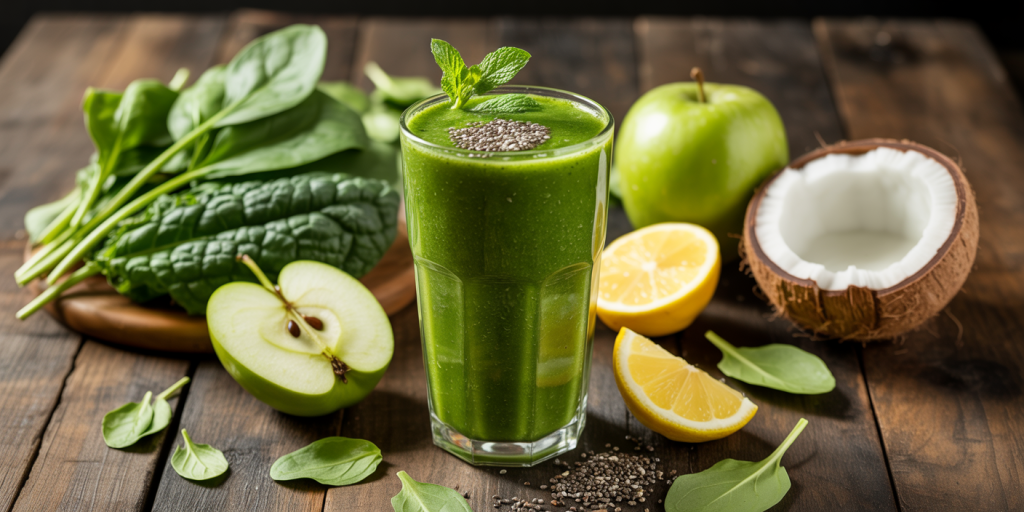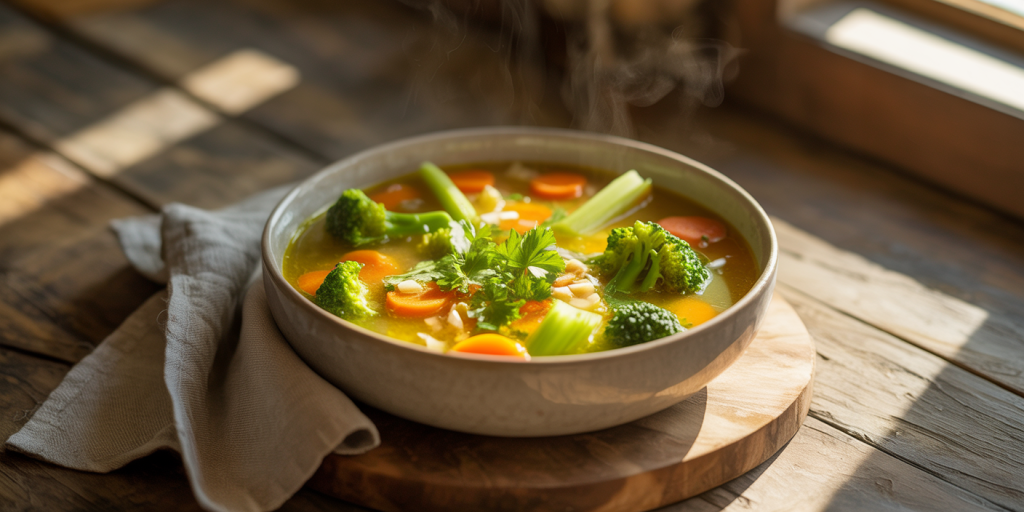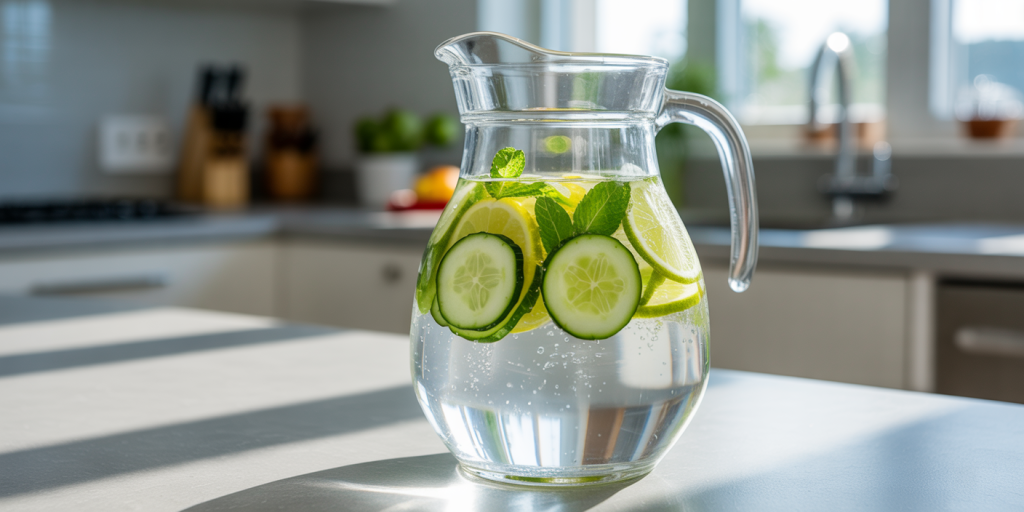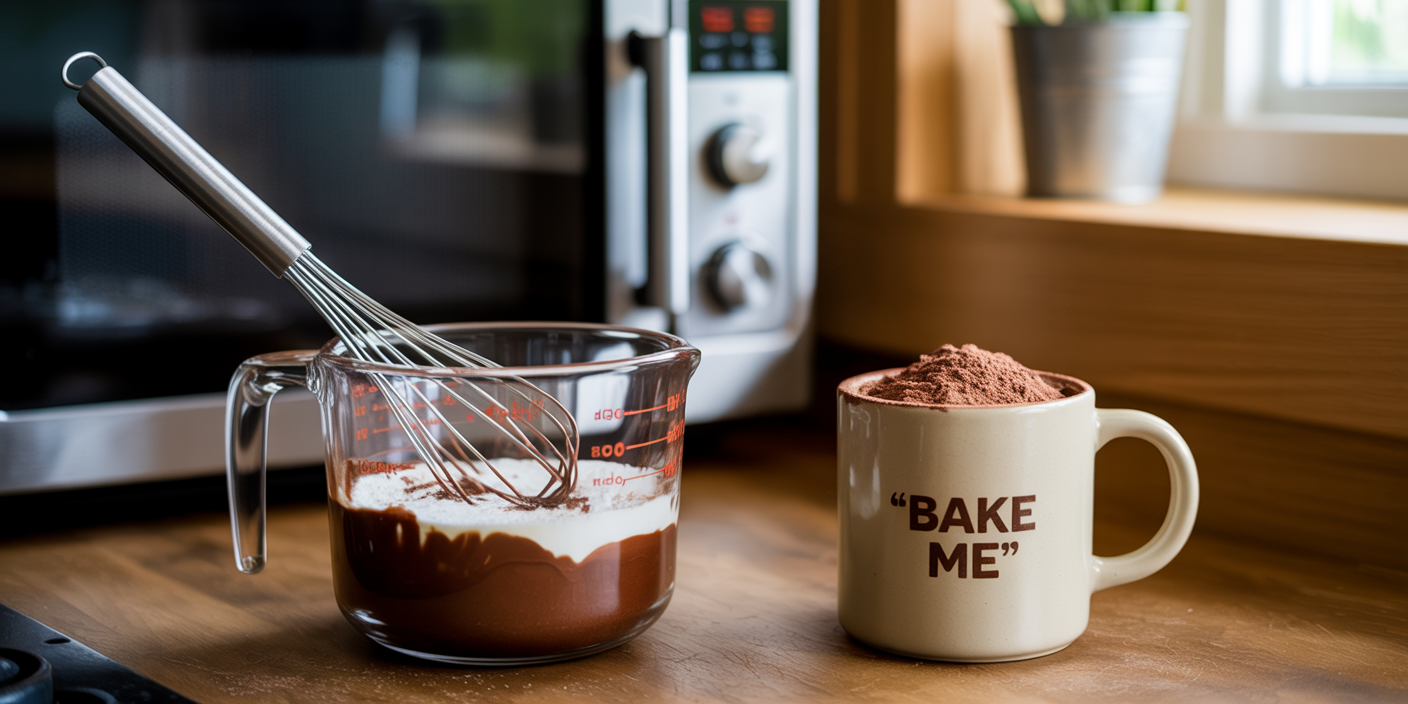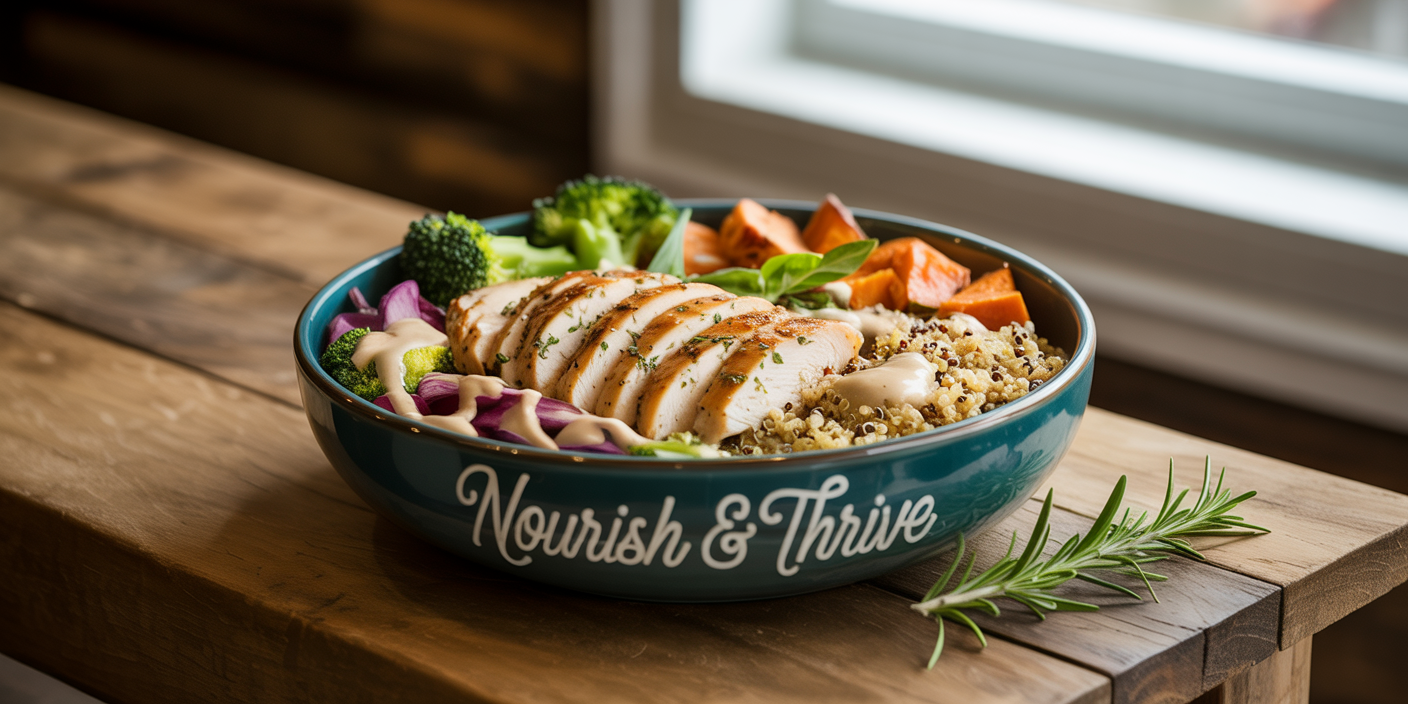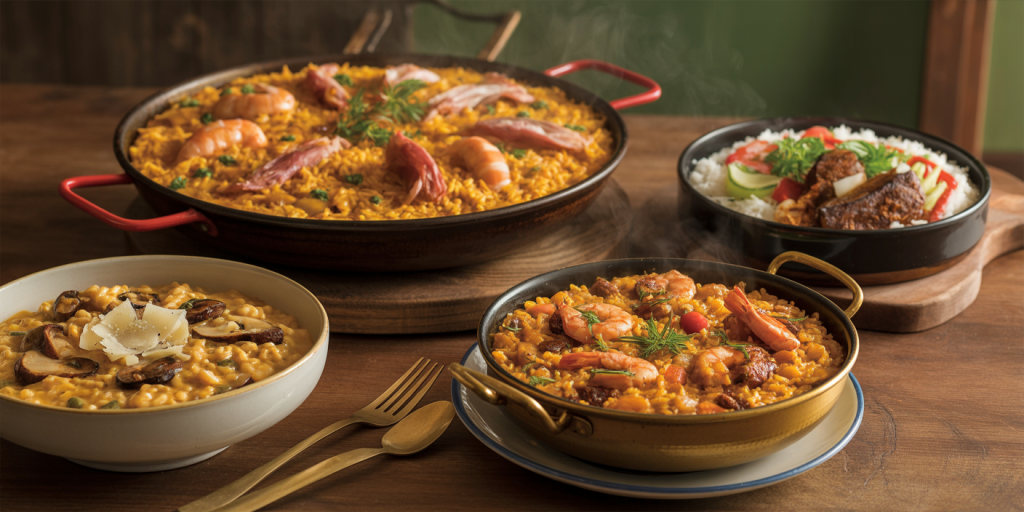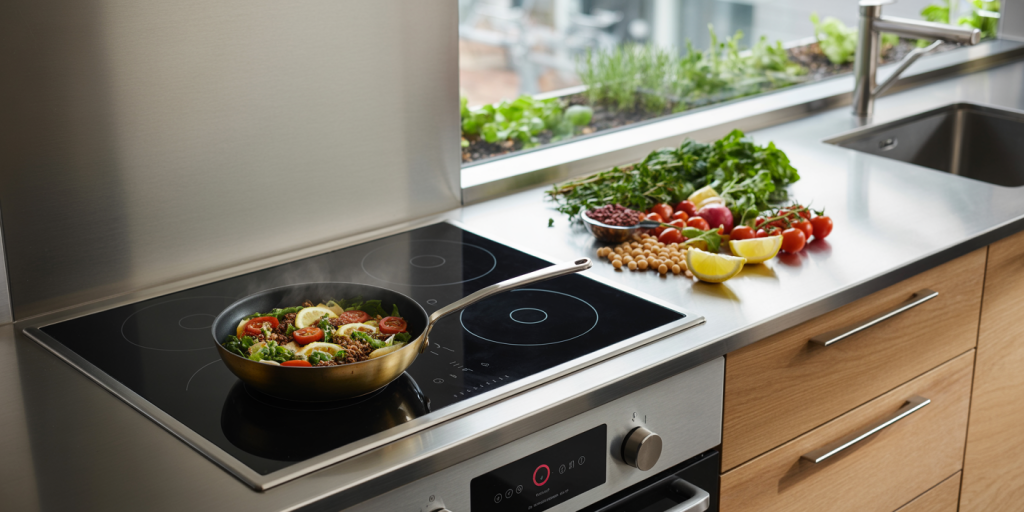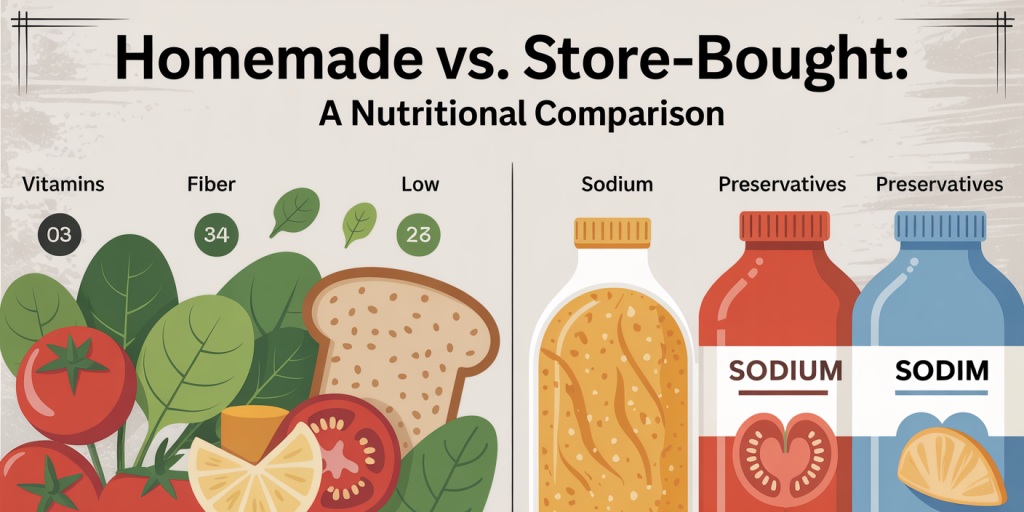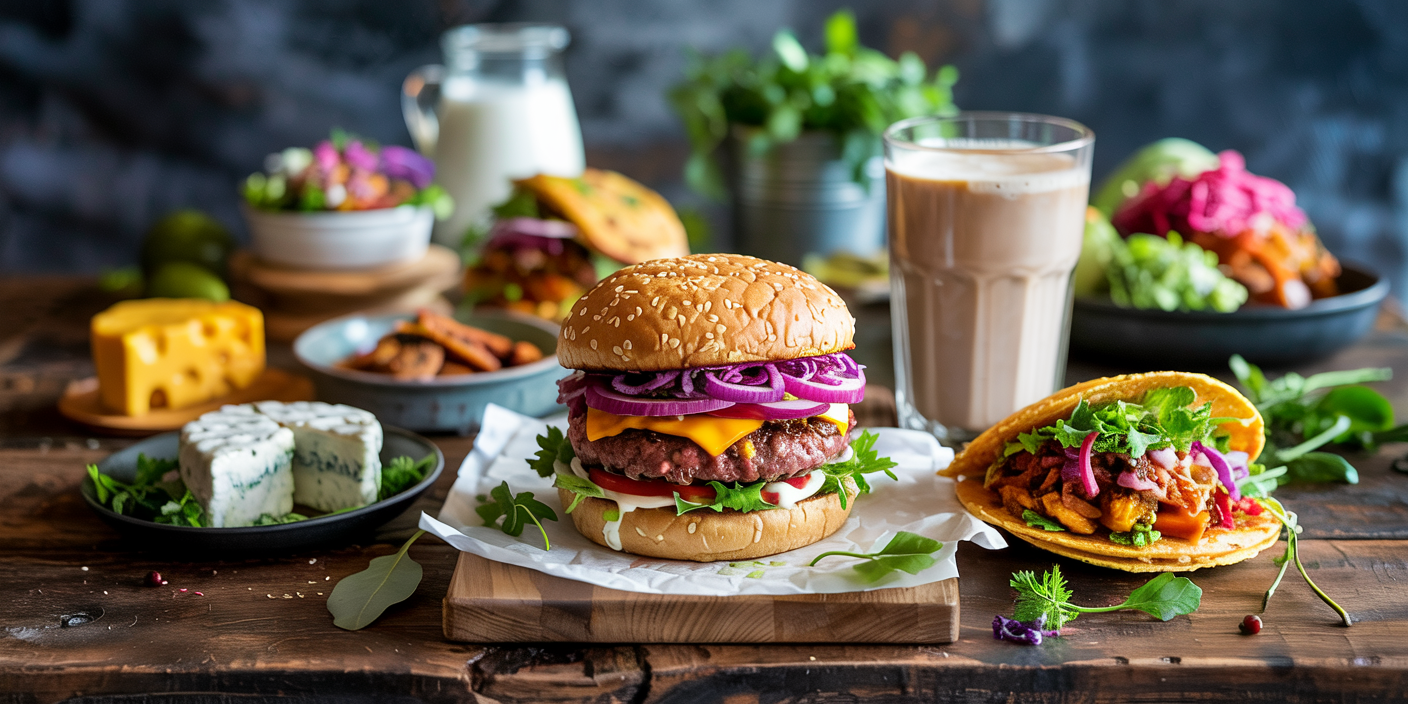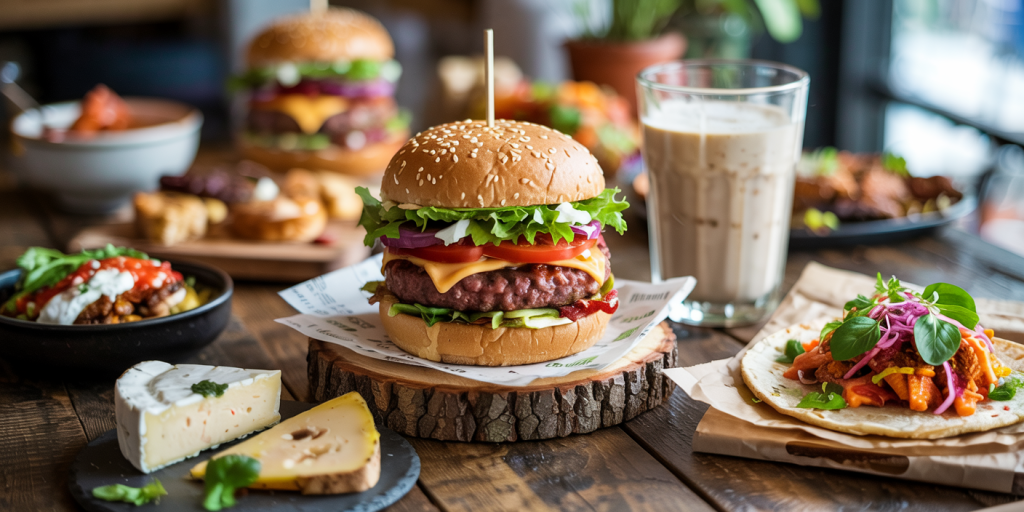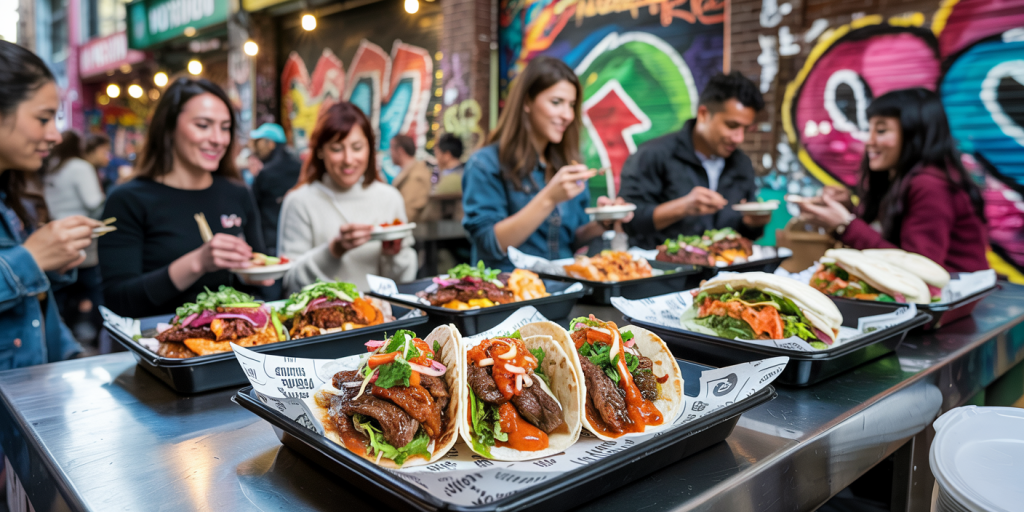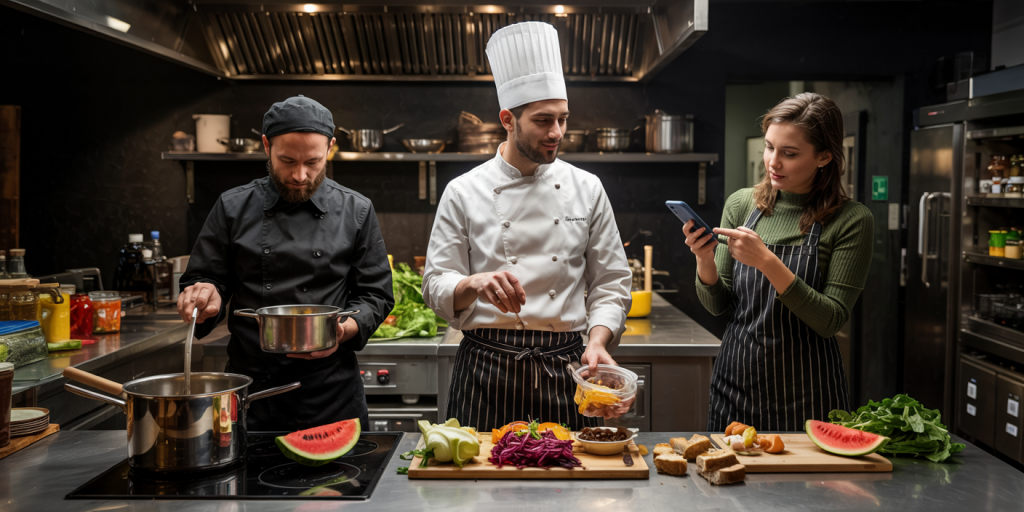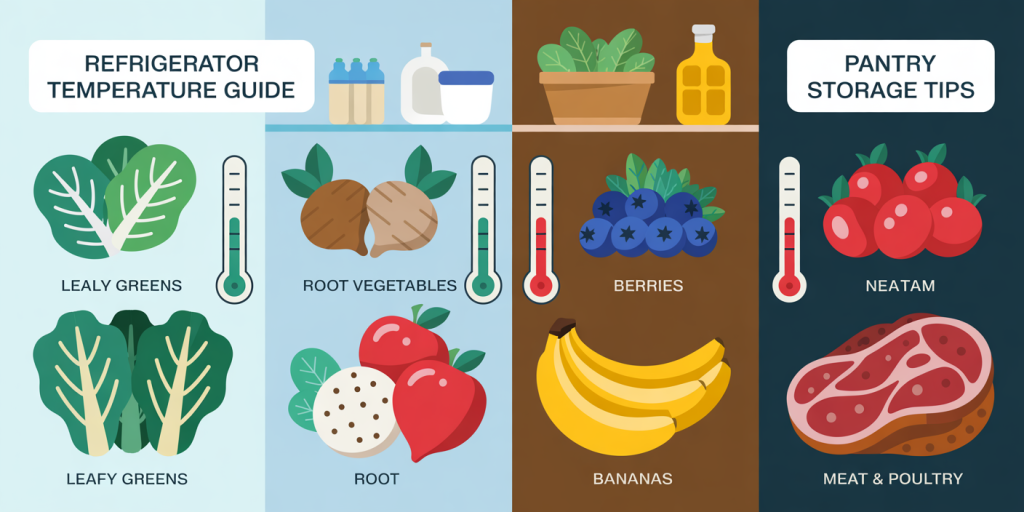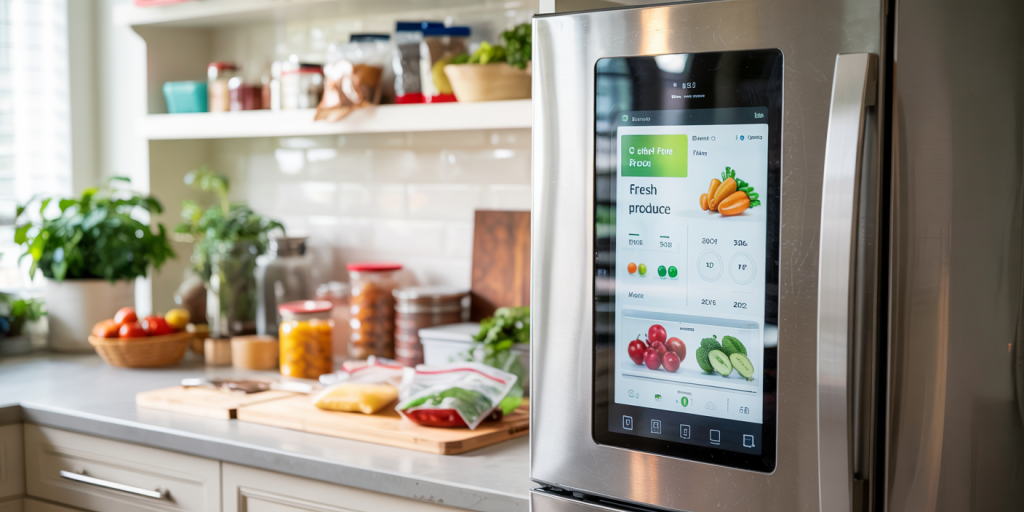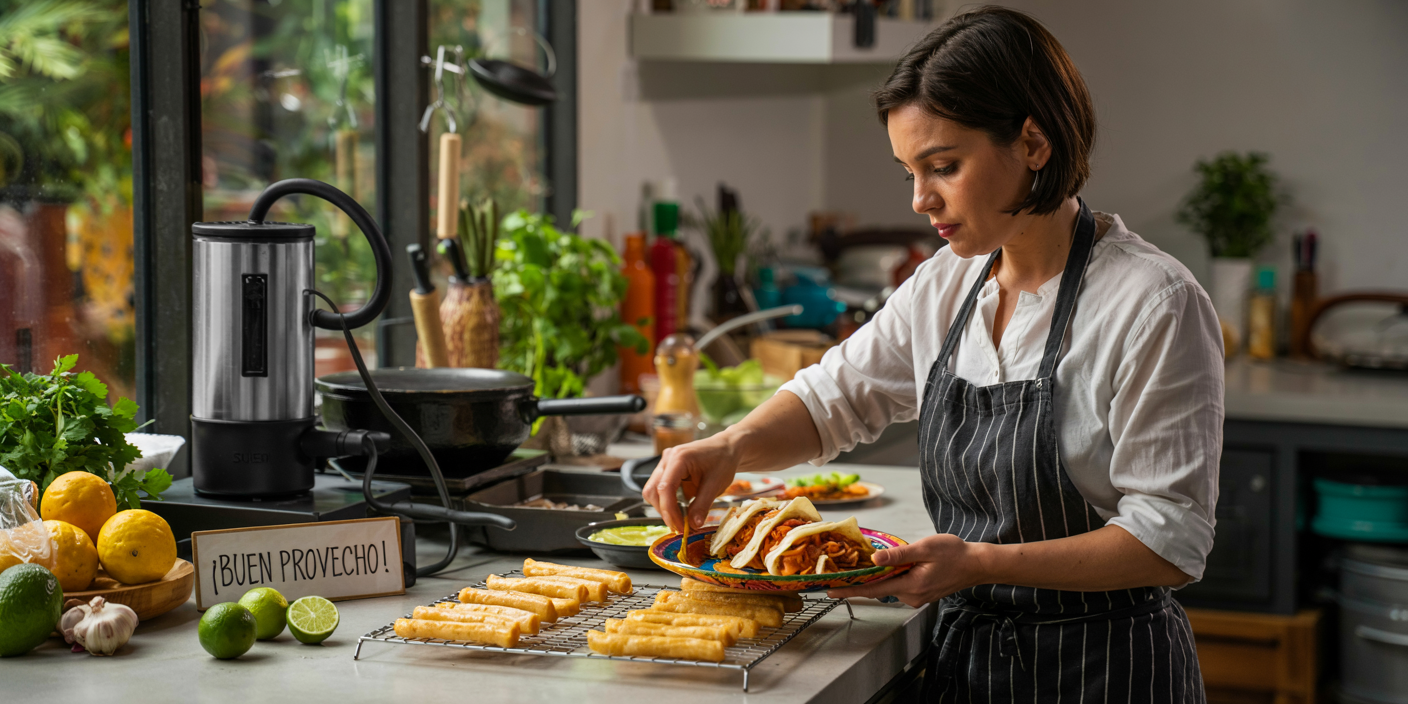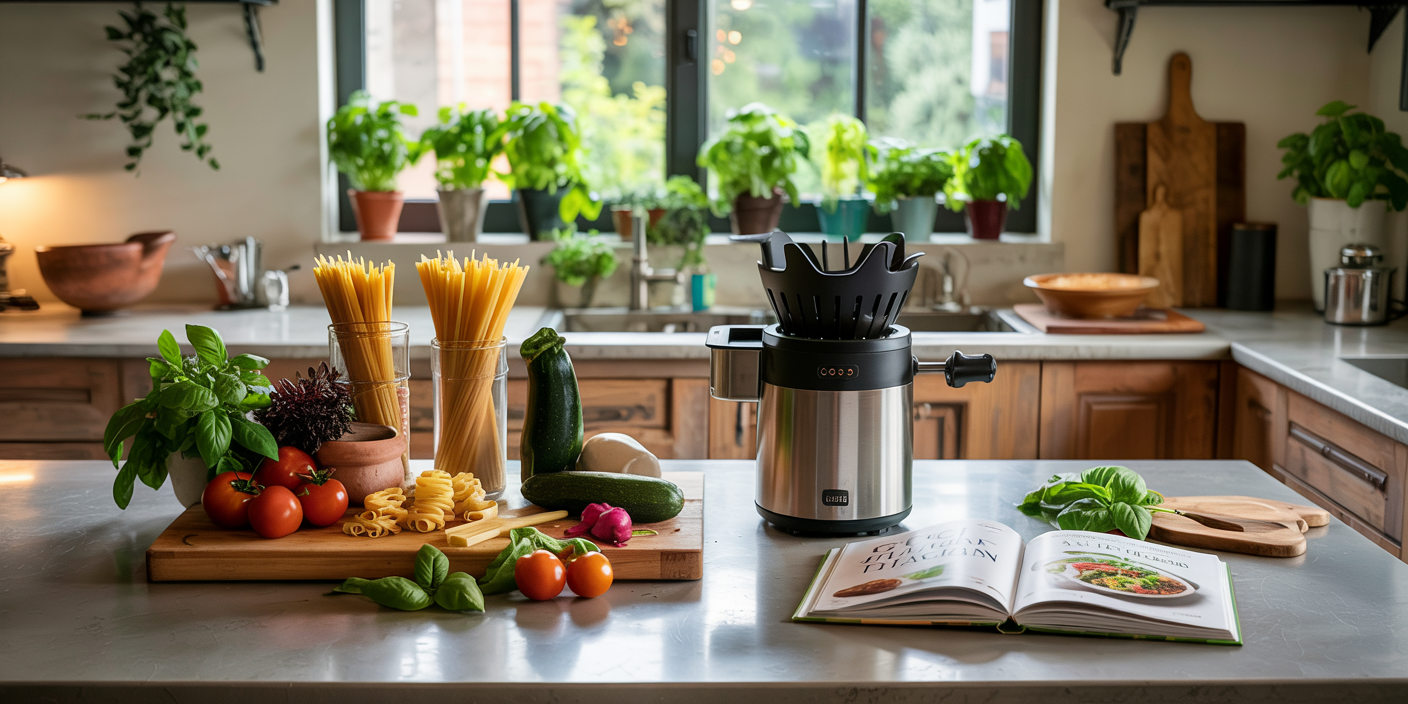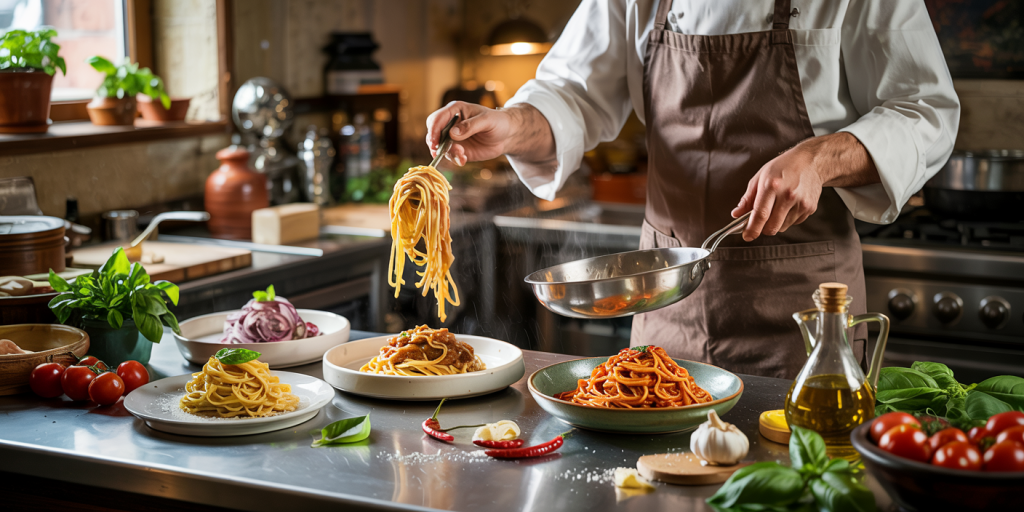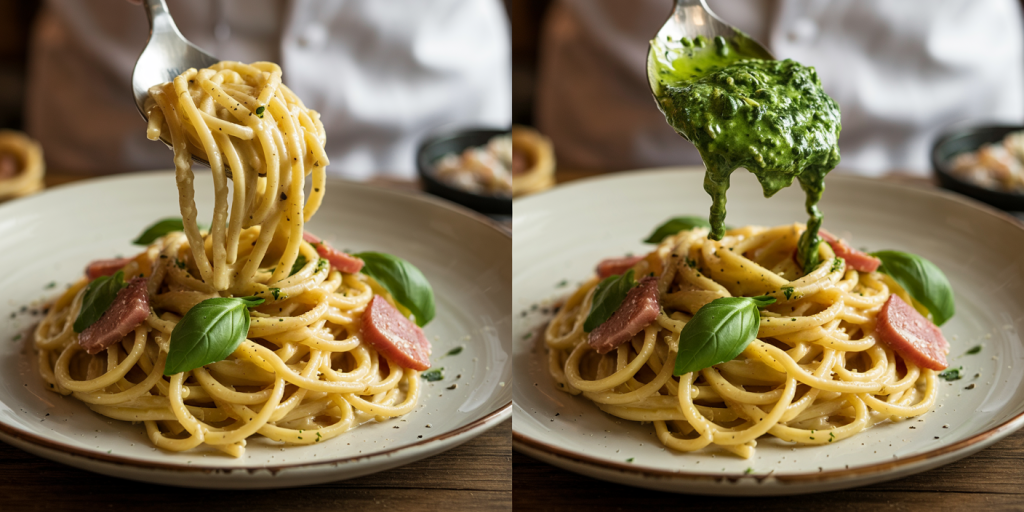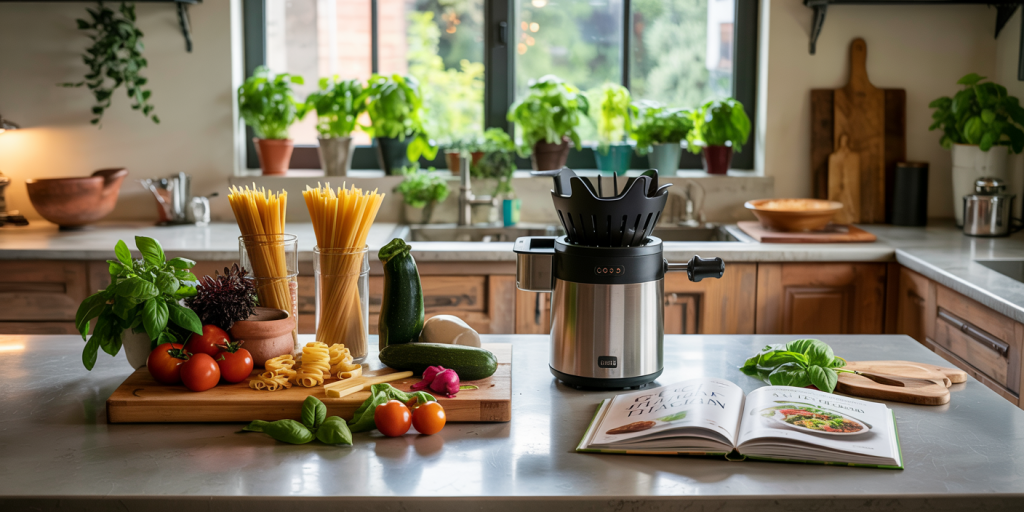As the summer heat intensifies, finding the perfect beverage to stay hydrated and refreshed becomes essential. Iced tea has long been celebrated as a go-to drink during warmer months due to its versatility, flavor variety, and cooling properties. This comprehensive guide explores the diverse world of iced tea drinks for summer, providing practical examples, flavor profiles, health benefits, and preparation tips. Additionally, emerging trends and future perspectives in iced tea consumption are discussed, backed by data and real-life cases, making this an invaluable resource for tea enthusiasts and health-conscious consumers alike.
The Appeal of Iced Tea During Summer Months
Iced tea stands out among summer beverages for its natural refreshment and relatively low calorie count compared to sodas and sugary fruit juices. According to the National Coffee Association’s 2023 report, nearly 65% of Americans consume iced tea during summer, indicating its widespread popularity. This statistic highlights iced tea’s role not only as a thirst quencher but also as a cultural staple in backyard barbecues, cafes, and family gatherings.
The appeal of iced tea is further enriched by its adaptability. Whether infused with herbs, fruits, or sweeteners, iced tea stimulates the palate while providing antioxidants and hydration. Brands like Pure Leaf and Snapple have capitalized on this by launching a variety of ready-to-drink iced teas with natural ingredients, catering to consumers seeking healthier alternatives to carbonated soft drinks. Such market trends underscore iced tea’s growing significance in the beverage industry, with projections estimating a 7.1% annual growth rate through 2027 (Grand View Research, 2023).
Popular Types of Iced Tea Drinks
Iced tea comes in many forms, catering to different tastes and dietary preferences. The two primary types are black iced tea and green iced tea, but herbal and fruit-infused teas have carved out significant niches.
Black Iced Tea
Popular in southern US states, black iced tea is traditionally brewed strong and sweetened with sugar or honey. The classic sweet tea—made using black tea leaves, sugar, and ice—is a summer staple in many households. In Charleston, South Carolina, the “sweet tea tradition” has been documented as far back as the early 1900s, emphasizing its cultural significance.

Beyond the classic sweet tea, variations include adding lemon slices, mint leaves, or even peach puree for nuanced flavors. From a nutritional standpoint, black tea contains theaflavins and catechins, compounds linked to heart health and improved focus (Journal of Nutrition, 2022).
Green Iced Tea
Green iced tea has surged in popularity due to its perceived health benefits, including high antioxidant content and lower caffeine levels than black tea. The mild, grassy flavor pairs well with citrus, ginger, or jasmine infusions. Japanese matcha iced tea, made by whisking powdered green tea directly in cold water or milk, is an example gaining traction internationally.
In clinical studies, green tea has been shown to boost metabolism and support cognitive function, making it a favored summer drink among fitness enthusiasts and working professionals. Brands such as Ito En have reported double-digit sales growth driven by green iced tea products in North America and Europe over the past five years.
Herbal and Fruit-Infused Iced Teas
Herbal iced teas utilize naturally caffeine-free herbs such as hibiscus, chamomile, and rooibos. Hibiscus iced tea, for example, has a vibrant red color and tart flavor profile, along with cardiovascular benefits (American Journal of Clinical Nutrition, 2021).
Fruit infusions add sweetness and flavor while enhancing visual appeal. Popular pairings include strawberry-mint, lemon-blueberry, and peach-ginger iced teas. These variants are especially popular at cafes and juice bars, appealing to younger demographics seeking novel taste sensations. Starbucks’ seasonal offerings often feature fruit-infused iced teas, highlighting the commercial significance of these creative blends.
Health and Hydration Benefits of Iced Tea
In summer, when dehydration risk rises, iced tea offers hydration benefits alongside unique nutrients. Unlike many sugary drinks, iced tea can be consumed with minimal added sweeteners to promote better health.
Antioxidants and Disease Prevention
Iced tea is rich in antioxidants such as flavonoids and polyphenols that combat oxidative stress, potentially lowering risks of chronic diseases. Research led by the University of California showed that regular consumption of iced green tea can reduce LDL cholesterol by up to 7% after three months.
Furthermore, herbal iced teas often include multiple plant compounds with anti-inflammatory and immune-boosting properties. For instance, rooibos tea contains aspalathin, a rare antioxidant linked to blood sugar regulation, making it a suitable option for diabetics seeking safe hydration.
Calorie Control and Weight Management
When consumed without excessive sweetening, iced tea can support calorie control. A typical 12-ounce serving of unsweetened iced tea contains fewer than 5 calories, compared to the 140 calories in a sugary soda. In weight loss programs, iced green tea has been recommended due to its potential to enhance fat oxidation during exercise.
A practical example comes from a 2023 community health initiative in Austin, Texas, where a local fitness center encouraged patrons to replace sugary beverages with iced tea as part of a summer wellness challenge. Participants reported an average weight loss of 3.2 pounds over eight weeks, partly attributed to healthier beverage choices.
Easy Homemade Iced Tea Recipes for Summer
Crafting refreshing iced tea at home does not require advanced barista skills. Here are a few easy-to-follow recipes with tips for customization.
Classic Southern Sweet Iced Tea
1. Brew 6 black tea bags in 6 cups of boiling water for 5 minutes. 2. Remove tea bags and add 3/4 cup sugar, stirring to dissolve. 3. Let cool, then pour over a pitcher filled with ice and add water to fill 10 cups. 4. Garnish with lemon slices and fresh mint.
This recipe can be made less sweet by reducing sugar or substituting with honey. It exemplifies how baseline recipes can be tweaked to suit varying sweetness preferences.
Citrus Green Iced Tea
1. Steep 4 green tea bags in 4 cups of hot water for 3 minutes. 2. Remove tea bags and add juice from 2 lemons and 1 orange. 3. Cool and pour over ice; add a splash of sparkling water for fizz. 4. Decorate with citrus wedges and a sprig of rosemary.
The citrus elements increase vitamin C content and brighten the flavor, making this an energizing choice for summer mornings.
Fruit-Infused Hibiscus Ice Tea
1. Brew 1/2 cup dried hibiscus flowers in 4 cups boiling water for 10 minutes. 2. Strain and add 1/4 cup honey or agave syrup. 3. Add sliced strawberries and mint leaves. 4. Chill in refrigerator and serve over ice.
Hibiscus tea’s tangy taste complements berries perfectly while supporting blood pressure regulation, as shown in studies published in the Journal of Hypertension.
Comparing Iced Tea with Other Summer Beverages
To better understand iced tea’s place among summer drinks, the following table compares it with lemonade, soda, and flavored water based on nutritional content, hydration potential, and popularity:
| Beverage | Typical Calories (12 oz) | Sugar Content (g) | Caffeine Content (mg) | Hydration Efficacy | Popularity (Summer 2023, US) |
|---|---|---|---|---|---|
| Iced Tea (unsweetened) | 5 | 0 | 30-50 | High | 65% |
| Lemonade | 120 | 28 | 0 | Moderate | 40% |
| Soda | 140 | 39 | 30 | Low | 50% |
| Flavored Water | 10-30 | 2-6 | 0 | High | 35% |
*Data sources: USDA Nutritional Database, National Beverage Association*
As seen above, iced tea combines hydration benefits with moderate caffeine and minimal calories, especially when unsweetened or lightly sweetened. This explains its continuing appeal as a healthier alternative during hot weather.

Future Perspectives: Innovations in Iced Tea for Summer 2024 and Beyond
The market for iced tea is evolving rapidly thanks to consumer demand for functional beverages that offer health benefits beyond refreshment. Researchers and manufacturers are leveraging advancements in flavor science, packaging, and ingredient sourcing.
Functional Additives and Adaptogens
Interest in adding nootropics, adaptogens, and vitamins to iced teas is growing. For instance, brands like Health-Ade Kombrewcha integrate kombucha with tea bases, combining probiotic benefits with antioxidant properties. Other innovative ingredients include turmeric, ginseng, and cannabidiol (CBD), aimed at stress relief and mental clarity during summer’s busy months.
Early clinical trials suggest that these formulations may improve focus and reduce inflammatory markers, but more extensive studies are needed. Despite that, the trend reflects consumer preferences toward beverages that blend pleasure with wellness.
Sustainable Packaging and Ethical Sourcing
Sustainability initiatives are shaping iced tea’s future, with an emphasis on reducing plastic waste and supporting fair-trade tea farming. Companies such as Honest Tea and Rishi Tea have committed to biodegradable packaging and transparent supply chains, appealing to environmentally conscious buyers.
Future technological advances like edible tea pods or concentrate cubes could further minimize environmental footprints while simplifying preparation — a benefit for busy consumers seeking convenience during summer outings.
Personalization and Smart Beverage Technology
Smart kitchen appliances capable of brewing customized iced tea profiles are emerging. Devices allowing users to choose tea strength, sweetness, and flavor infusions via smartphone apps enhance user experience by combining tradition with technology.

Additionally, artificial intelligence tools analyze personal health data to recommend ideal iced tea blends, aligning drink choices with individual hydration needs and dietary goals. Such innovations suggest a future where iced tea consumption becomes a highly personalized and data-driven ritual.
—
In summary, iced tea drinks remain a quintessential summer refreshment, praised for their hydrating qualities, health benefits, and flavor diversity. From traditional sweetened black teas to modern herbal infusions, iced tea adapts beautifully to consumer preferences while offering a healthier alternative to sugary sodas and artificial beverages. Its growing market, bolstered by innovations in functional ingredients and sustainability, ensures that iced tea will continue to evolve and enchant consumers worldwide in the coming years. Whether enjoyed at home, cafes, or social events, iced tea presents an ideal blend of flavor, health, and refreshment for the summer season and beyond.


